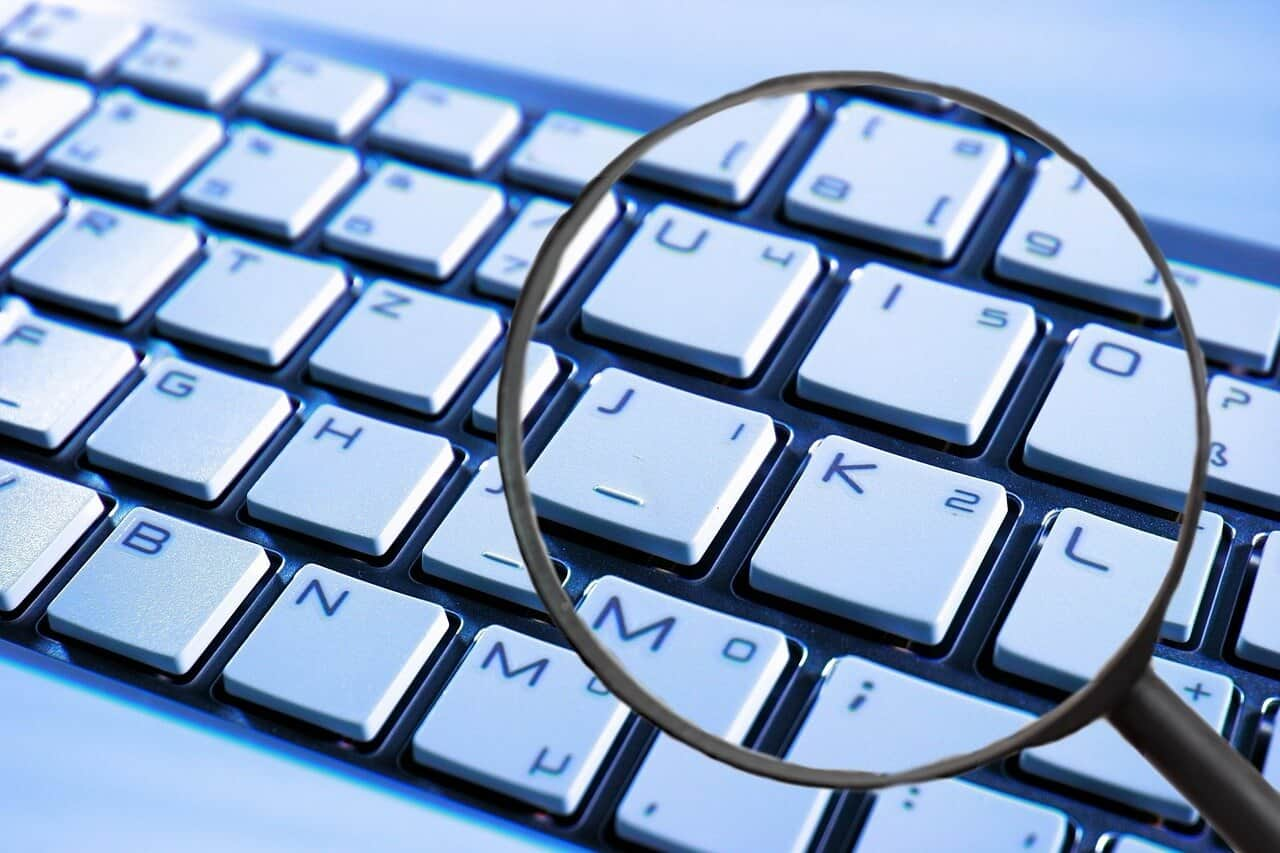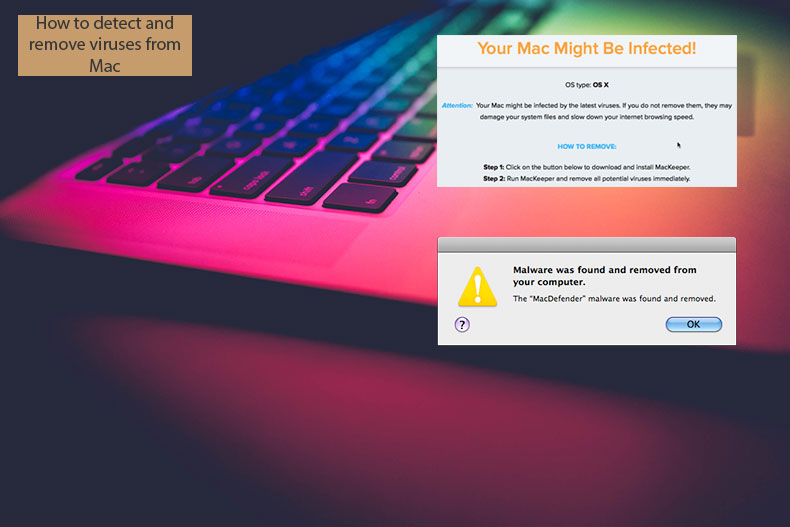
If there’s anything listed you don’t recognize, deselect it and proceed to delete that app from your system.

Step 3: Here, you can check which apps of yours have complete access to your Mac’s disk. Step 2: On the sidebar, click Full Disk Access. Step 1: Click System Preferences > Security & Privacy > Privacy tab. Therefore, if malware or a virus has indeed made its way onto your system, it could appear here. If they're successful, they can inflict some serious damage. will ultimately aim to gain access to this area as it essentially makes them the system administrator. Threat actors that create harmful trojans, spyware, keyloggers, etc. Full Disk Accessįull Disk Access is a feature that lists all the applications that have unrestricted access to your Mac. As is the case with applications, be sure to empty the bin if you do remove any particular files. Ever had a pop-up appear on your web browser that automatically downloads a file without your permission? Go to the Downloads folder on your Mac and delete anything you didn’t download yourself. Step 3: Naturally, any downloaded file from an unknown or untrusted source can potentially contain malware and viruses. Don’t forget to empty the trash to permanently delete the app from your system. Step 2: Look for any apps you didn’t install yourself. Step 1: Open the Applications folder, located in the left sidebar of Finder. Suspicious apps and downloadsĬhecking the list of installed applications on your Mac should be something that’s performed on a regular basis to make sure you definitely installed them all and still want them installed. Scan through your browser extensions and remove any suspicious extensions that have been added. If you’re using Google Chrome, for example, click the Menu tab on the far right side of the window, click the More Tools field, and select Extensions. This can thus lead to a threat actor installing potentially harmful extensions that slow down performance, spread malware, etc. While you may have Apple’s option for only downloading apps from trusted developers enabled, Mac users don’t have the same luxury when it comes to browser extensions. Step 4: Similarly, open the Memory tab and analyze the Process Name section to see if there are any unknown or unusual process names you don’t recognize that are demanding a considerable amount of memory usage. Step 3: If you do locate any harmful apps and malware within Activity Monitor, click the item and then select the X button at the top-left to terminate it. Ranking the best (and worst) versions of macOS from the last 20 years


You could be creeped out by Bing Chat on the go soon Fitbit Versa 3īest Antivirus Deals: Protect your PC or Mac from just $25


 0 kommentar(er)
0 kommentar(er)
